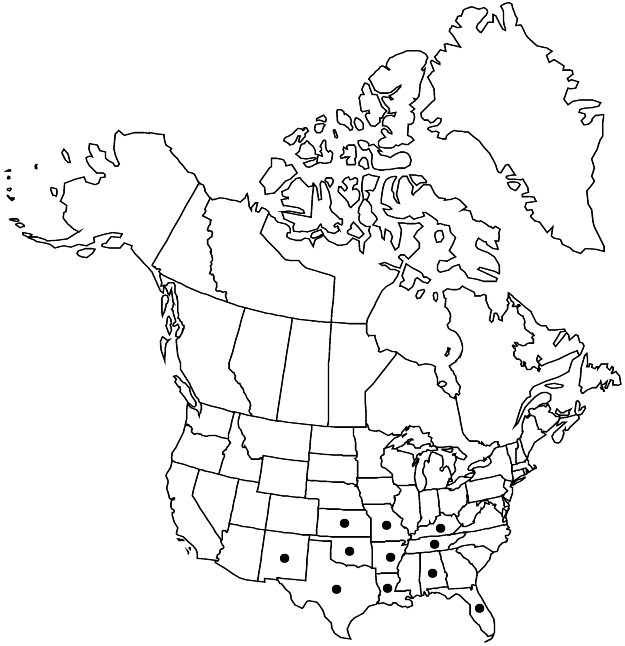Eriogonum longifolium
Trans. Amer. Philos. Soc., n. s. 5: 164. 1835.
Herbs, 3–20 × 1.5–8 dm, tomentose or nearly glabrous. Aerial flowering stems erect, 2–17 dm, occasionally finely striated or grooved. Leaves: petiole 5–20 cm; blade lanceolate or oblanceolate to oblong, 0.5–20 × 0.3–2.5(–3) cm, tomentose abaxially, less so to floccose or glabrous adaxially. Inflorescences 5–50(–80) × 5–50 cm; bracts 3, scalelike, usually triangular, 1–5 mm. Peduncles 0.3–3 cm, thinly tomentose or nearly glabrous. Involucres turbinate to campanulate, 3–7 × 1.5–6 mm; teeth 0.2–0.8 mm. Flowers 5–15 mm, including (0.5–)1–4(–7) mm stipelike base; perianth yellow, densely white- to silvery-tomentose abaxially; tepals monomorphic, lanceolate to narrowly elliptic; stamens 1.7–2.5 mm; filaments glabrous. Achenes brown, 4–6 mm, densely tomentose.
Distribution

e North America.
Discussion
Varieties 3 (3 in the flora).
Selected References
None.
Lower Taxa
Key
| 1 | Flowers 8-15 mm, including 2-4(-7) mm stipelike base; involucres 6-7 mm; c Florida | Eriogonum longifolium var. gnaphalifolium |
| 1 | Flowers 5-11 mm, including 0.5-2.5 mm stipelike base; involucres 3-6 mm; not of c Florida | > 2 |
| 2 | Involucres 4-6 mm; flowers 5-11 mm, including (0.5-)1-2.5 mm stipelike base; s Arkansas, s Kansas, wc Louisiana, sw Missouri, se New Mexico, Oklahoma, Texas | Eriogonum longifolium var. longifolium |
| 2 | Involucres 3-3.5 mm; flowers 5-7 mm, including 0.5-1(-1.2) mm stipelike base; nw Alabama, c Kentucky, sc Tennessee | Eriogonum longifolium var. harperi |